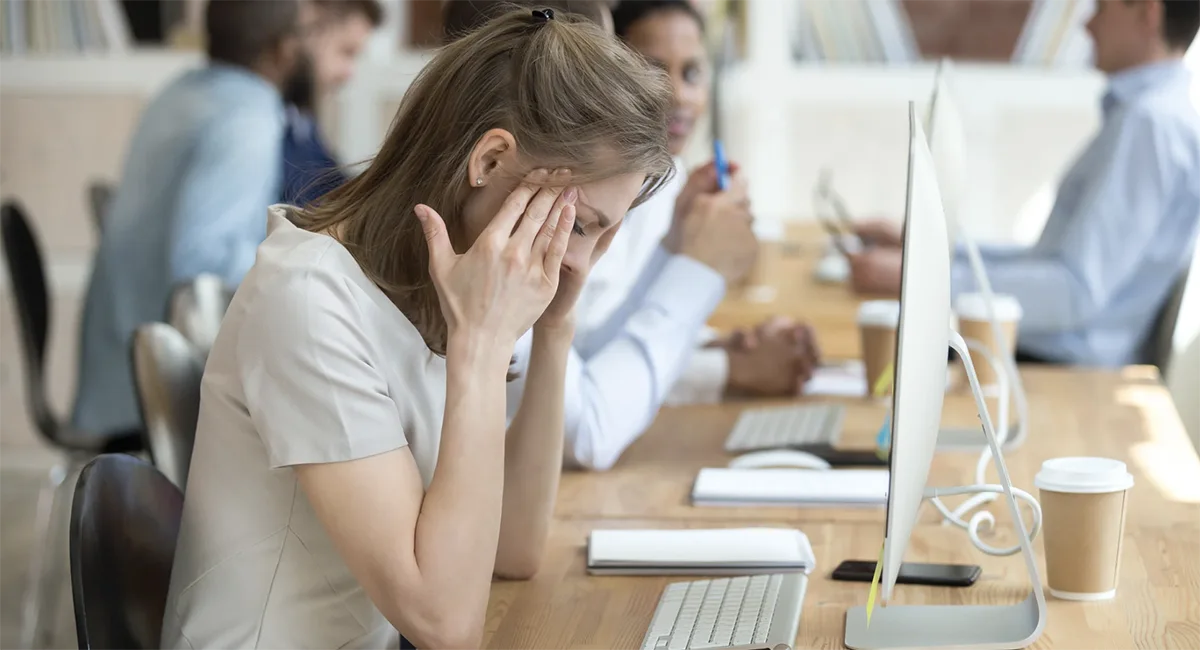What is Sick Building Syndrome (SBS)?
Sick Building Syndrome (SBS) is the general naming for situations where the occupants of the building are experiencing comfort and health effects related to the time they spent in a building. Yet, neither the cause nor the specific illness can be identified, according to EPA. These complaints from the building occupants may be localized in one particular area or can be widespread throughout the building.
Sick Building Syndrome Health Effects
Common symptoms of SBS can be listed as headache, eye, nose, or throat irritation, itchy skin, dizziness, nausea, difficulty concentrating, fatigue, chest tightness, or wheezing. Most of these symptoms and complaints are reduced or gone after leaving the building and eliminating the exposure.
Reasons Behind Sick Building Syndrome
Air pollution in indoor areas typically occurs from the sources inside the buildings. Some of the examples for these sources can be carpeting, adhesives, some wood products, and cleaning agents, which can spread certain chemical contaminants and VOCs into the air we breathe. Also, mold is one of the leading causes of Sick Building Syndrome. They are responsible for almost 80% of the SBS cases and the leading cause of the illnesses.
In a research focusing on the relation of indoor air parameters with SBS, it’s been found that increased CO2 levels due to inadequate ventilation and recycling the air in rooms via fan coils are the prime causes of malaise among the occupants, which is one of the most common symptoms of SBS.
What should be done to prevent Sick Building Syndrome?
Ventilation
Increasing the air distribution and ventilation rates in a building is one of the important preventive measures against SBS. Designing the HVAC systems according to building standards codes, and the regular maintenance of these systems is crucial to provide the needed ventilation rates. However, if the building or the area is contaminated with strong pollutants in addition to these, venting the air to the outside is a highly recommended method to prevent the accumulation of pollutants in these areas such as printing facilities and restrooms.
Building Materials
Instead of using solvent-based paints, using water-based paints, or storing the compulsory cleaning agents in air-tight containers at separate places where human contact is minimal and similarly, relocating the printers to separate rooms or replacing them with low emission-rated ones can be examples of other precautions to minimize the risk of SBS.
Indoor Air Quality Monitoring and Sick Building Syndrome
Above all, monitoring the indoor air quality (IAQ) on your premises and being aware of the high levels is key. By monitoring the IAQ in your premises regularly, you will be able to see if your indoor air is safe or not. This will allow you to take action before it becomes a bigger problem and start affecting every occupant in the building. Exposure to high levels of indoor air contaminants can be extremely harmful to human health. By monitoring and viewing the data, it is possible to avoid SBS by making educated decisions and creating healthier buildings for the occupants.


